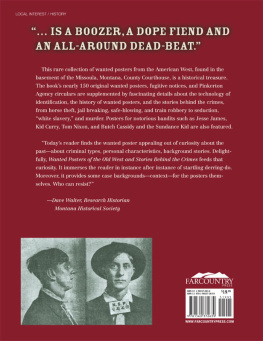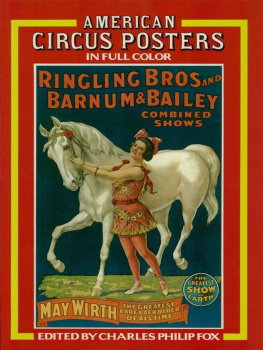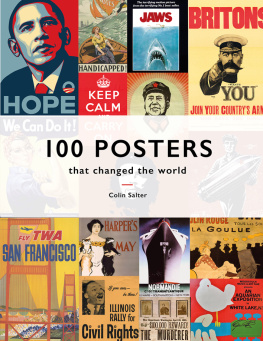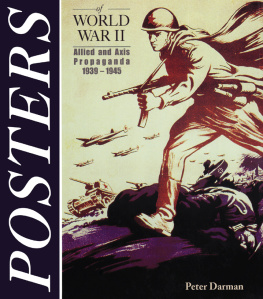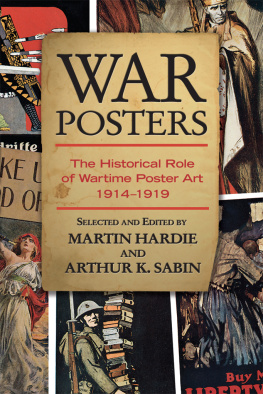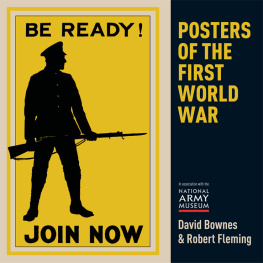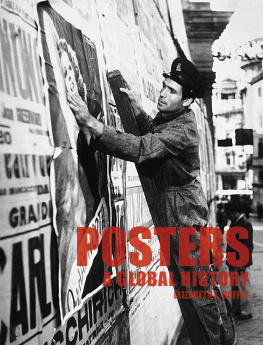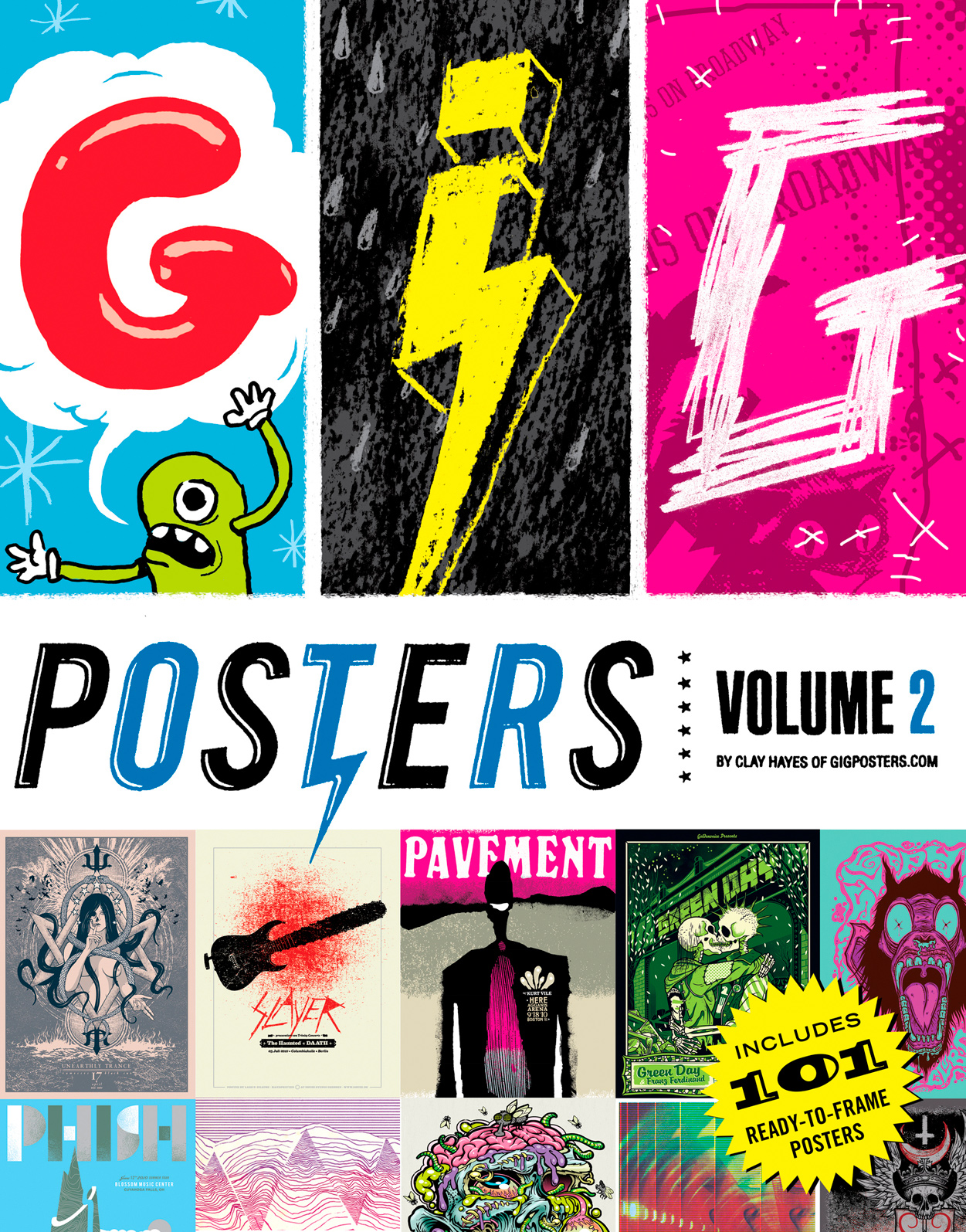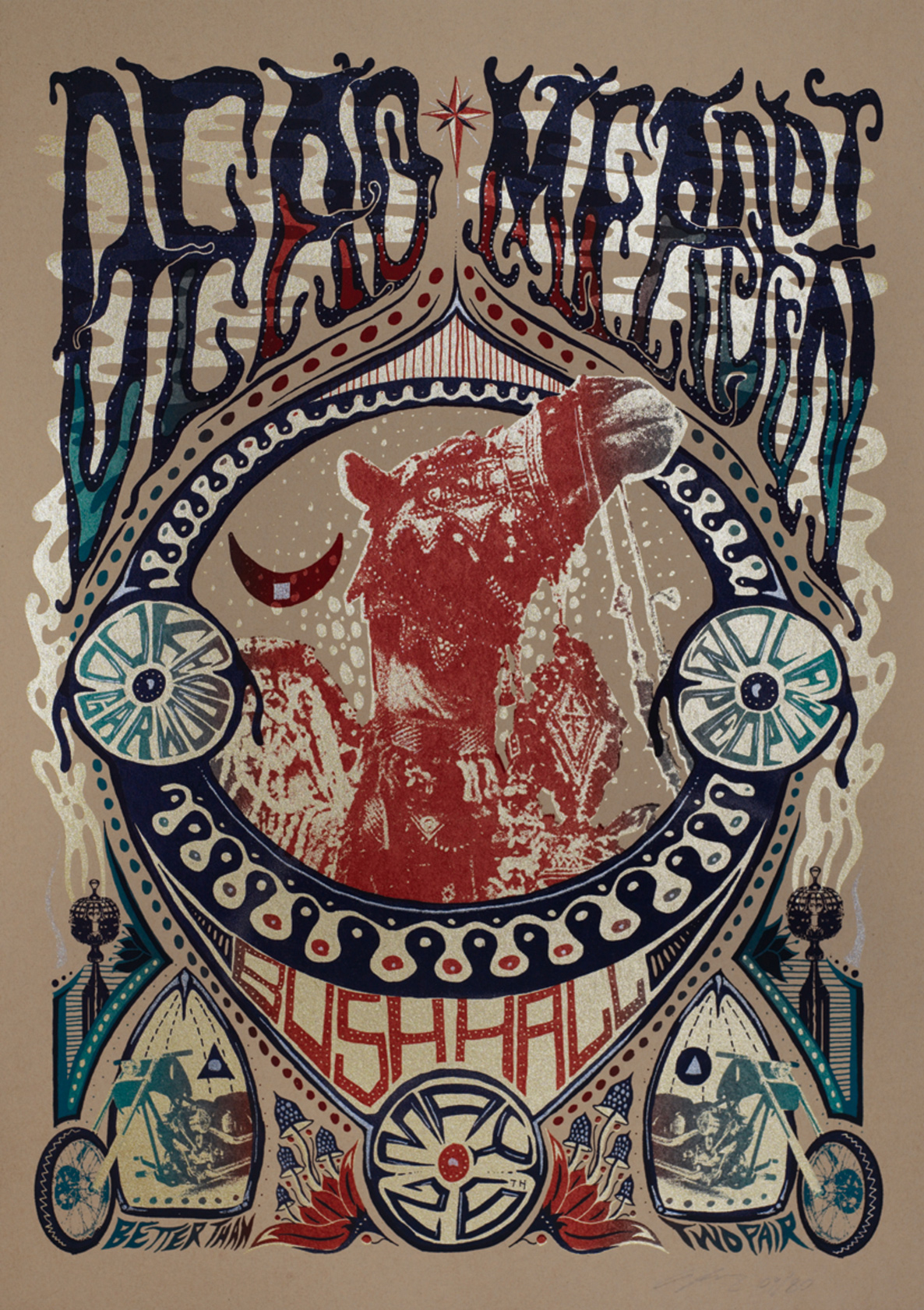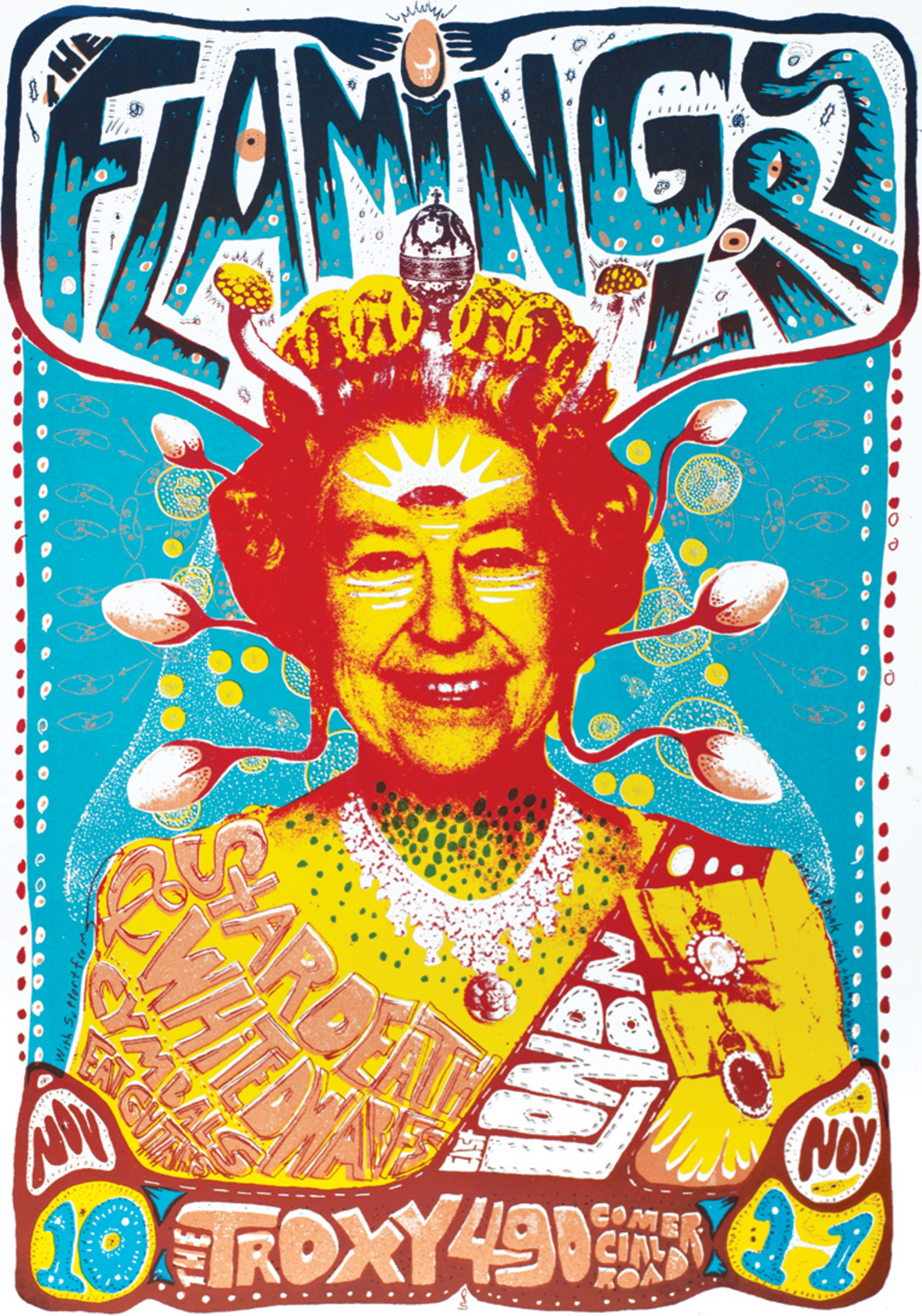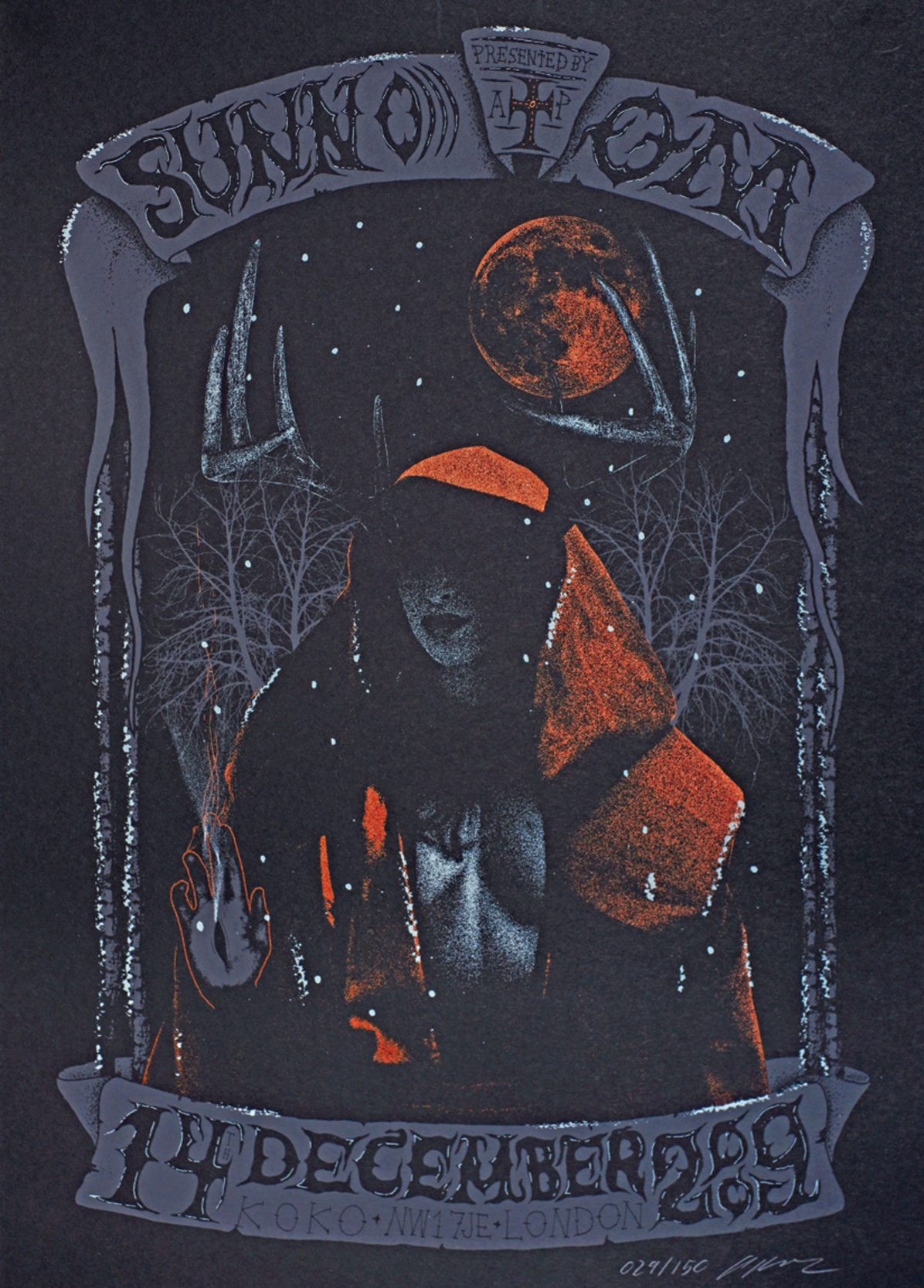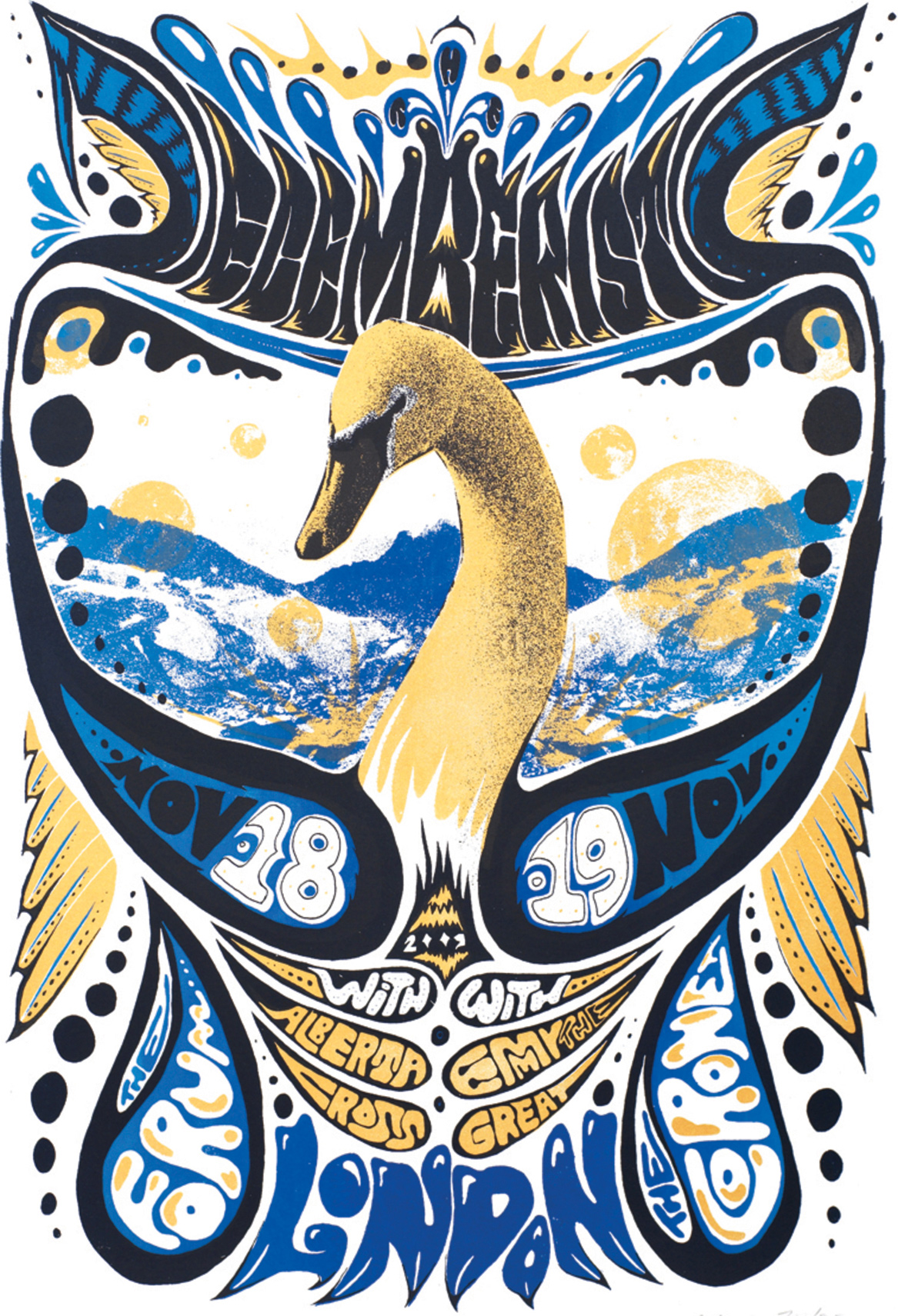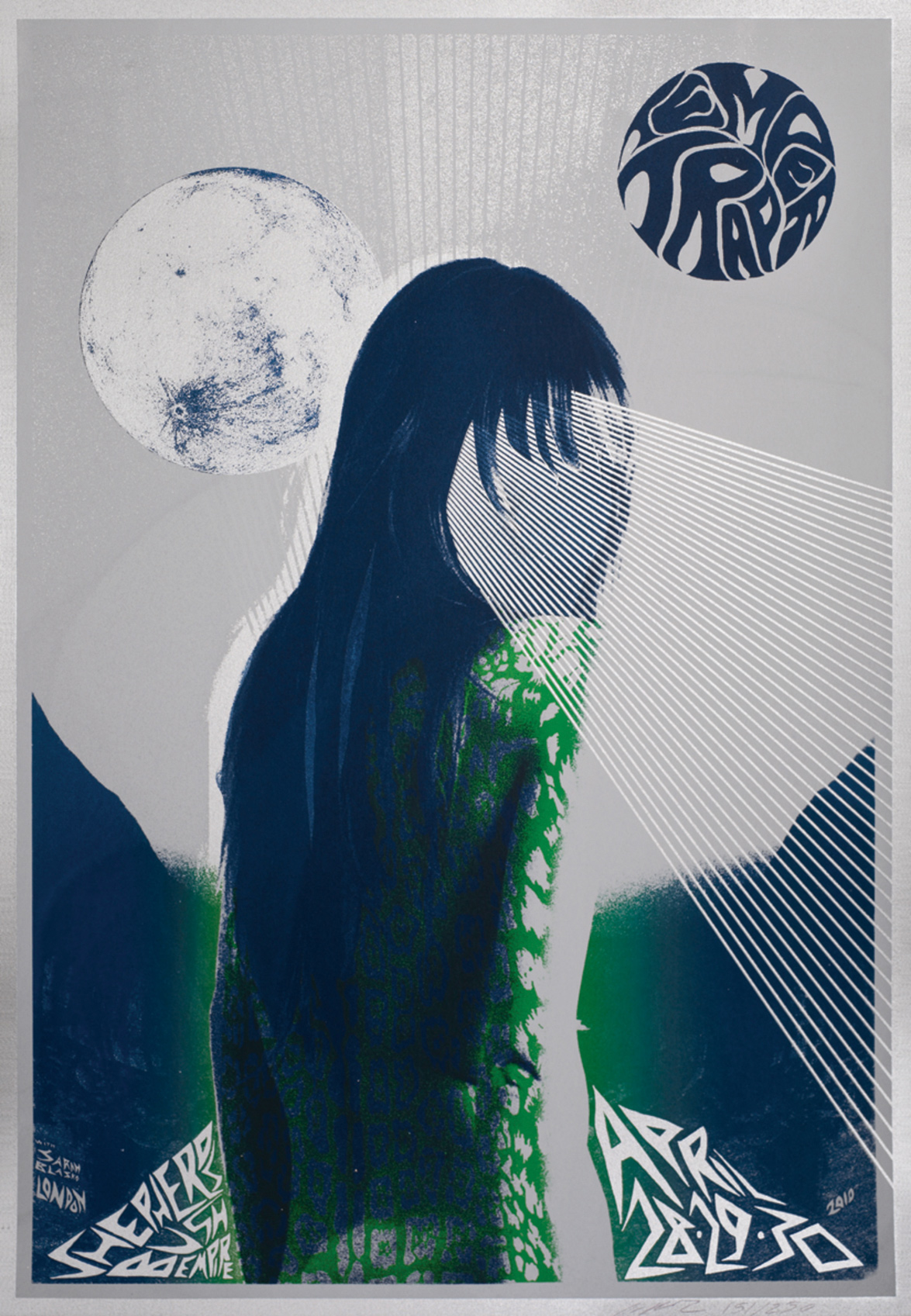These amazing works of art draw inspiration from the music and imagery of the performers they representbut the designers take things further than that, pouring their hearts into crafting original, fantastic combinations of illustration, photography, and typography. The result is some truly unique art as well as some highly collectible memorabilia.
Most gig posters you see out in the world are limited-edition screenprints that only end up in the hands of the few. Increasingly, we see gig posters framed in galleries and museums as well as hanging in restaurants, stores, and homes. Collectors are increasing in number every year, and the artistic range of the posters keeps growing. Now, this book (along with Volume 1) makes it possible for every music and art lover to be a part of this exciting and ever-evolving scene.
For more than a decade, GigPosters.com has been the largest living archive of this unique art form, showcasing more than 130,000 posters from over 10,000 designers around the world. The community has grown exponentially, and its future is bright. I am very proud to play a role in gathering and sharing these amazing works of artand I hope you enjoy not only the posters themselves, but the knowledge that somewhere, right now, these designers are hard at work creating many more!
Adam Pobiak
Website: www.pobiak.com
Location: London, England (originally Pittsburgh, Pennsylvania)
Education: B.A. in art history and psychology, Oberlin College
Why do you design gig posters? Much of my work time is devoted to corporate stuff and web design. Posters are my chance to have tons of fun designing and drawing and doing essentially anything I want. Its also great to get into the studio and get covered in ink and have a stack of real things when Im doneit brings me a satisfaction I dont really get from digital design.
Influences: Growing up in Pittsburgh had a big impact. It has several good art schools, and there were a ton of really good bands around when I was there. So there was a constant flow of interesting stuff going onand the city has a pretty great history in general. Also, I love all the old psychedelic posters, and the silkscreen process itself has influenced my work quite a bit. John Pearson, who taught me how to print, once said something like, If it looks like it was mass produced, then why go through all the trouble of printing it by hand?
Remarks: I owe a lot to the guys from the band Modey Lemonmy whole poster career, essentially. Theyre good friends of mine from home, and the first poster I ever screenprinted was for them. They are also the ones who forced me out of a two- to three-year screenprinting hiatus after my move to Londonthey essentially harassed me enough to finally get off my ass and get myself a studio to make a European tour poster for them in 2008, and the rest is history. Thanks, guys.
Grails, London, England, 2010. Screenprint on metallic silver paper, 16.5 x 23.4 in (42 x 60 cm), edition of 80.
The Black Keys, European tour, 2008. Screenprint, 16.5 x 23.4 in (42 x 60 cm), edition of 400.
Dead Meadow, London, England, 2010. Medium: Screenprint, 16.5 x 23.4 in (42 x 60 cm), edition of 80.
The Flaming Lips, London, England, 2009. Screenprint, 16.5 x 23.4 in (42 x 60 cm), edition of 200.
Sunn O)))/Om, London, England, 2009. Screenprint, 16.5 x 23.4 in (42 x 60 cm), edition of 150.
The Decemberists, London, England, 2009. Screenprint, 16.5 x 23.4 in (42 x 60 cm), edition of 250.








